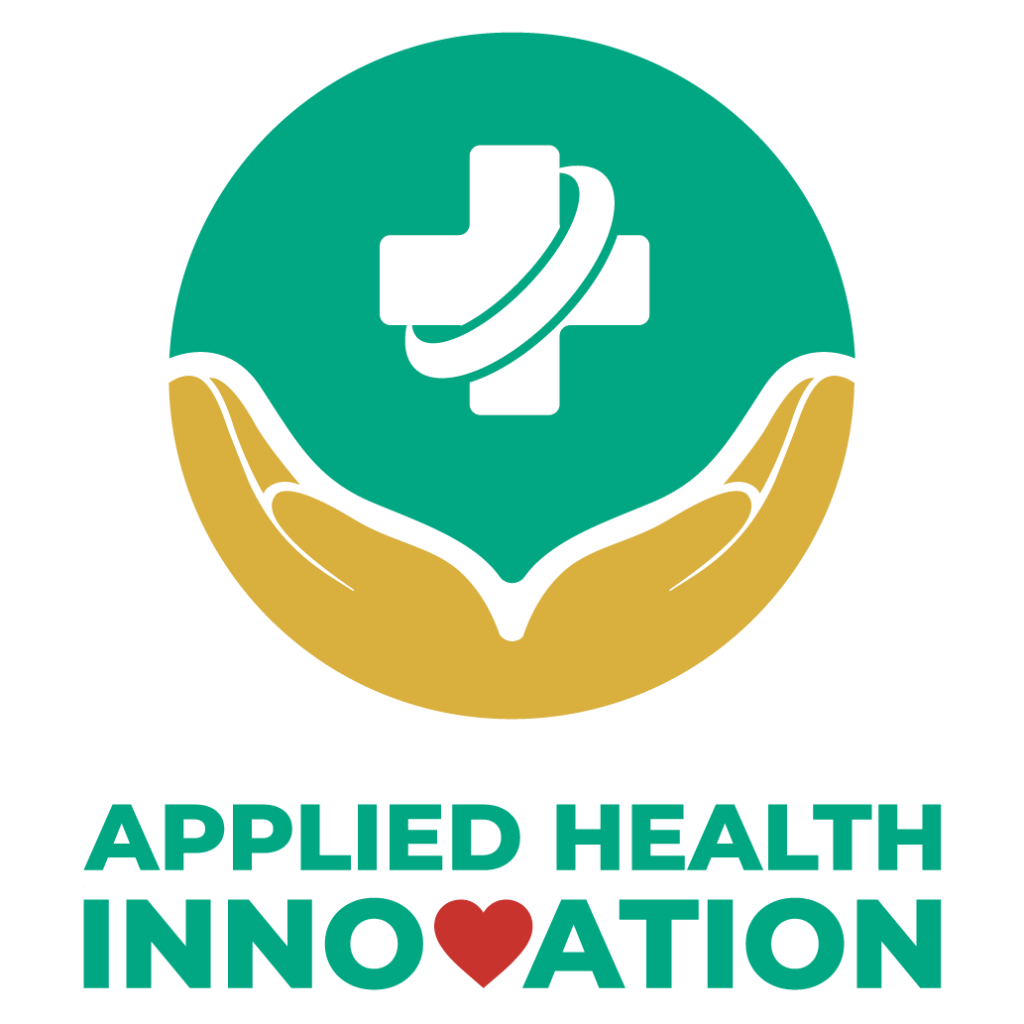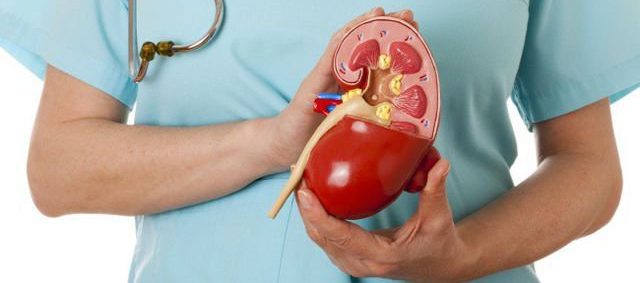I. OVERVIEW
Congenital adrenal hyperplasia (CAH) refers to a group of genetic disorders that affect the adrenal glands, a pair of walnut-sized organs above the kidneys. The adrenal glands produce important hormones, including:
- Cortisol, which regulates the body’s response to illness or stress
- Mineralocorticoids, such as aldosterone, which regulate sodium and potassium levels
- Androgens, such as testosterone, which are male sex hormones
In people who have CAH, a genetic problem results in a lack of one of the enzymes needed to make these hormones.
Although there is no cure, with proper treatment, most people who have congenital adrenal hyperplasia can lead normal lives.
There are two major types of congenital adrenal hyperplasia:
- Classic CAH. This form is rarer and is usually detected in infancy. Approximately two-thirds of people who have classic CAH have what’s known as the salt-losing form, while one-third have what’s referred to as the simple-virilizing form.
- Nonclassic CAH. This form is milder and more common, and may not become evident until childhood or early adulthood.
II. SYMPTOMS
Signs and symptoms of CAH vary, depending on which gene is defective and the level of enzyme deficiency.
1.Classic CAH
Female infants who have classic CAH may have a condition known as ambiguous genitalia, in which the clitoris is enlarged or the genitals look more like those of a male child. Male infants who have classic CAH have normal appearing genitals. Both male and female infants can be seriously affected by a lack of cortisol, aldosterone or both. This is known as an adrenal crisis, and it can be life-threatening.
The salt-losing form and simple-virilizing form of classic CAH cause children’s bodies to produce an insufficient amount of cortisol. These children can have problems maintaining normal blood pressure, normal blood sugar and energy levels, and are more vulnerable to stress. An excess of the male sex hormones can result in short height and early puberty for both boys and girls.
Signs and symptoms of classic CAH in children and adults include:
- Appearance of pubic hair at a very early age
- Rapid growth during childhood, but shorter than average final height
2. Nonclassic CAH
Often there are no symptoms of nonclassic CAH when a baby is born. The condition is not identified on routine infant blood screening and usually becomes evident in late childhood or early adulthood. Cortisol may be the only hormone that’s deficient.
Teenage and adult females who have nonclassic CAH may have normal appearing genitals at birth, but later in life, they may experience:
- Irregular or absent menstrual periods
- Masculine characteristics such as facial hair, excessive body hair and a deepening voice
- Severe acne
In both females and males, signs of nonclassic CAH may also include:
- Early appearance of pubic hair
- Rapid growth during childhood, an advanced bone age and shorter predicted final height
III. WHEN TO SEE A DOCTOR
Classic CAH is usually detected at birth through required newborn screening or when female babies have ambiguous genitalia. CAH may also be identified when male or female babies show signs of severe illness due to low levels of cortisol, aldosterone or both.
In children who have nonclassic CAH, signs and symptoms of early puberty may appear. If you have concerns about your child’s growth or development, make an appointment with your child’s doctor.
If you are pregnant and may be at risk of CAH because of your own medical history or your ethnicity, ask your doctor about genetic counseling.



 VI
VI